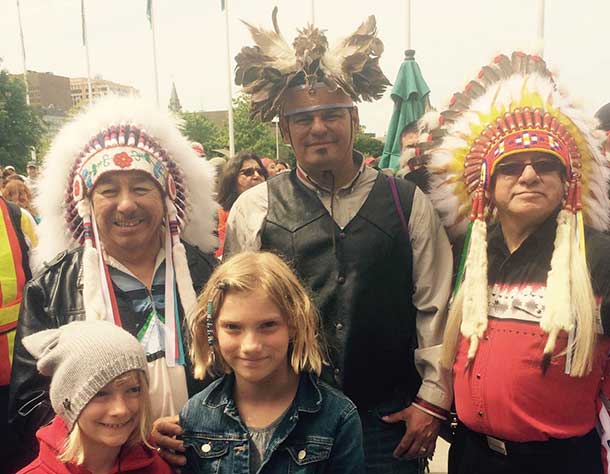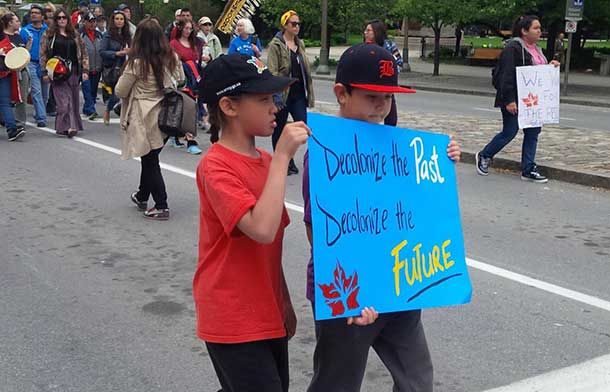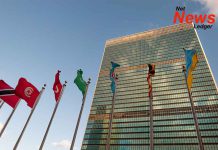
SERPENT RIVER FIRST NATION – With an estimated 10,000 people making a 5 kilometre walk yesterday, from Gatineau, Quebec to Ottawa, Ontario; Isadore Day, candidate for Ontario Regional Chief, also walked for the survivors in the spirit of healing and honour for survivors of Indian Residential Schools. He felt the Ontario region representing First Nations could have been better represented in the opening ceremonies. This is something he intends to address if selected as the next Ontario Regional Chief.
“First Nations in Ontario must be prepared to address significant milestones like the Truth and Reconciliation Commission’s final report in the Ontario Region. This is an opportunity to mark a new history in the minds and hearts of a nation, and more importantly, it’s an opportunity to seize control of the formal efforts to advance the commissions recommendations – for our people.” said Day.

The six-year mandate of the TRC has been a whirlwind of emotional testimony, uncovering of truth and well-defined discussions on how the survivors of Indian Residential School in Canada view reconciliation. The opening day and the walk were clearly a validation of how First Nations, Metis and Inuit; and Canadians alike, view this important national issue – ‘walking together.’
As a candidate for the Ontario Regional Chief, Day intends on proposing an Ontario Region Post-Truth and Reconciliation Strategy that examines and begins immediate work on three main areas.
First, addressing the Social issues and Impacts, must remain a strong focus of ongoing analysis and action. “The multi-generational impacts that residential schools created on our First Nations are very complex. Like an illness such as cancer, healing requires non-stop attention. It will take us generations to undo these effects. The TRC recommendations are certainly a great opportunity to establish goals and partnerships as suggested by survivors. Moving forward, we need ‘IRS social impact guidelines’ in dealing with all social programs with Canada and Ontario. For an example, cultural and linguistic loss are now formally impacts at the feet of the Crown, – cultural genocide must be addressed,” says Day.
Secondly, the Judicial matters and follow-up on the legacy of Indian Residential Schools must be a continued focus that support further matters and means of formal justice and legal applications like evidence and testimonials that support further legal recourse. “The TRC recommendations must be used as guideposts to hold the Crown and state governments to the task for ongoing reconciliation.” Day goes on to suggest that, “the legacy of Indian Residential Schools in Canada has tainted and affected many formal aspects of First Nation lives – this will require ongoing efforts to achieve corrective measures via legal recourse. We cannot back down, or slow down on reconciliation.”
Lastly, in his proposed Ontario Region Post-TRC Strategy, Day will push toward defining and implementing new Political relationships in Canada between First Nations and all levels of Canadian society that ‘recognizes the history and damage created by the Indian Residential Schools in Canada.’ Day says, “ the truth” aspect of the commissions work will lead us to face much deeper damage related to the forced fragmentation of the family and the community. “Truth be told, First Nations people welcomed change when our ancestors entered into treaties on this land – what we got was “genocide”. Today, we find ourselves facing racism via the Indian; this is clearly linked to the Indian Residential School policies in this country. The treaties that were broken can also be seen as a related to this set of “Indian Policies” that were all aimed at removing the “Indian in the Child,” dealing with the “Indian Problem,” and ultimately ‘expanding colonization from shore to shore to shore in this country.’ We must embrace change and we must be ever vigilant – Canada needs healing as much as our nations,” adds Day.






